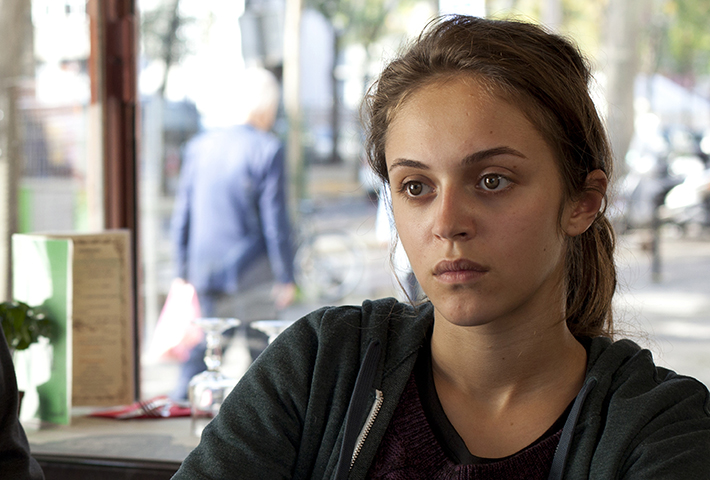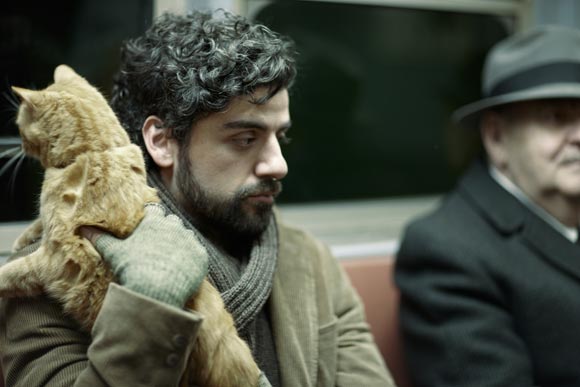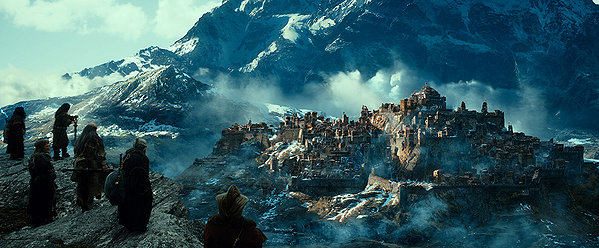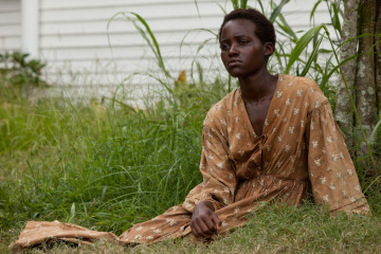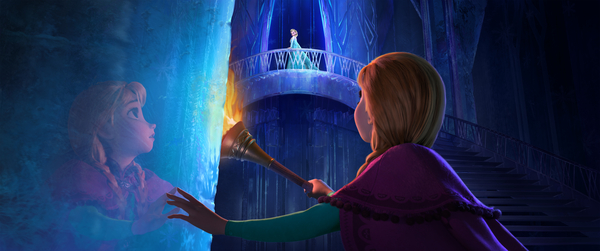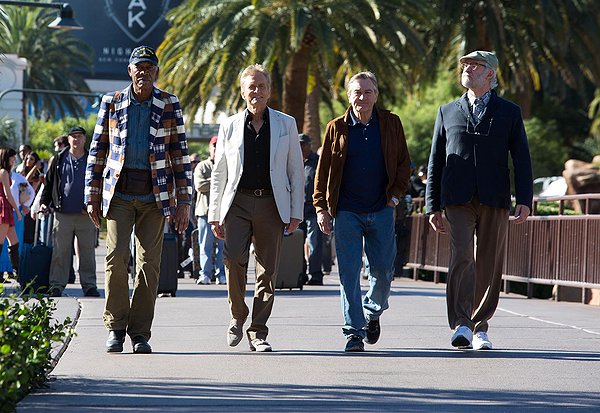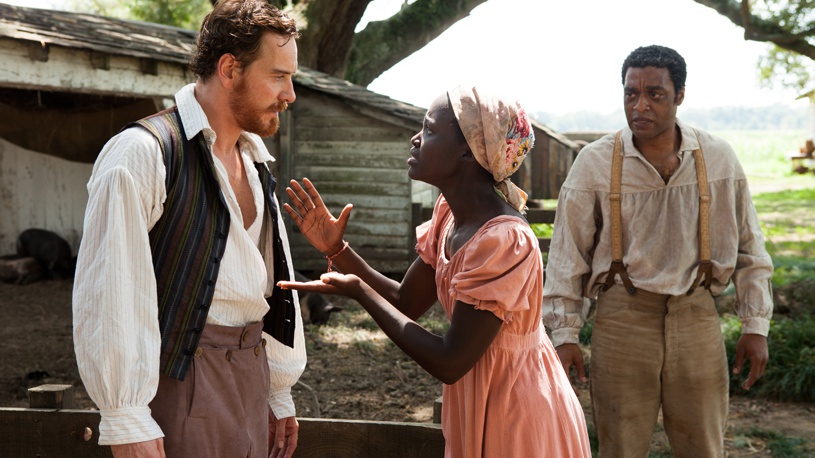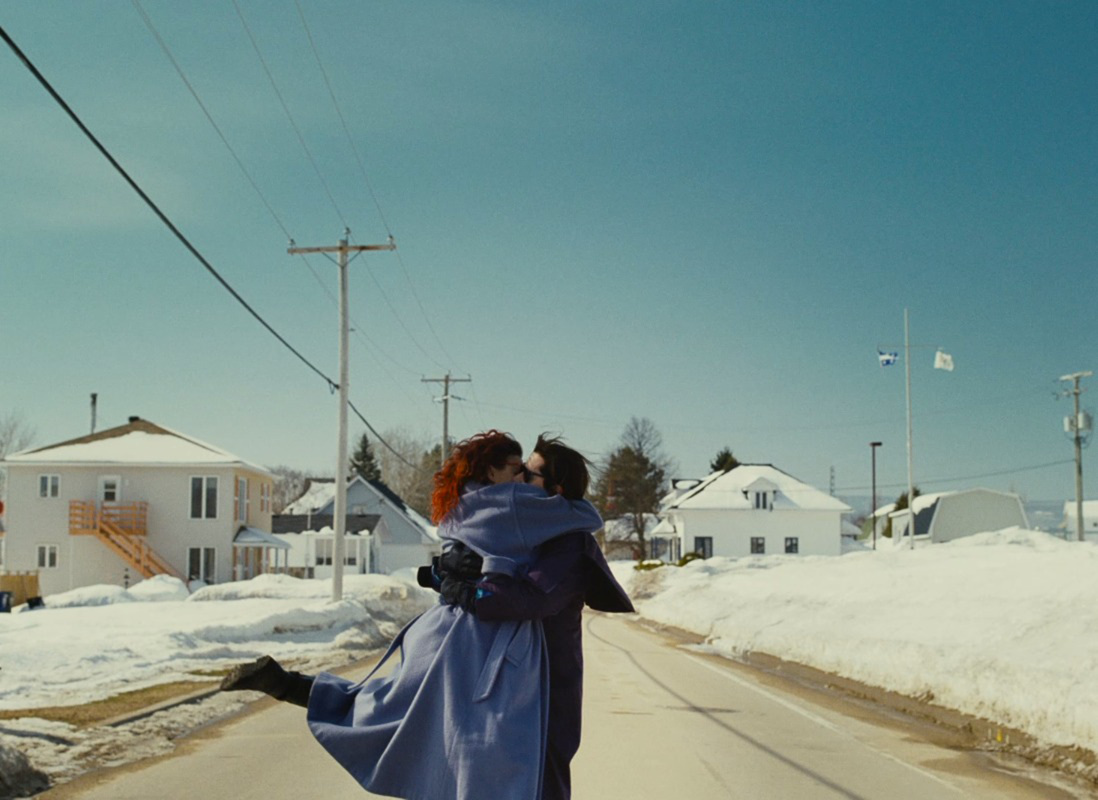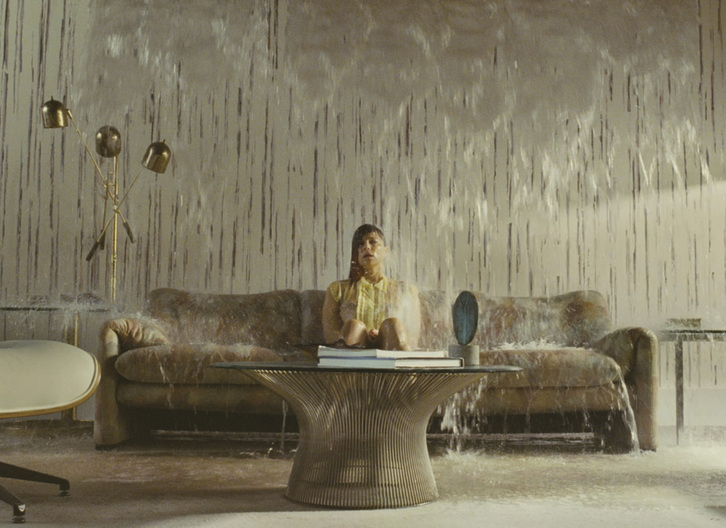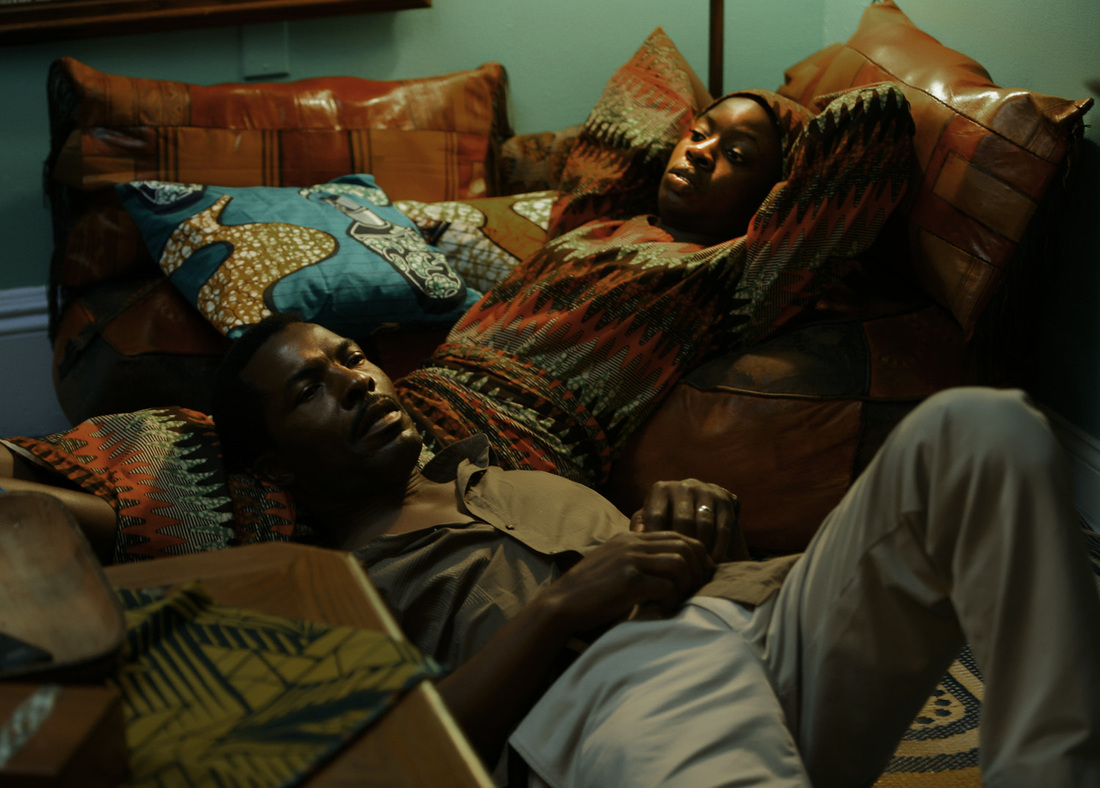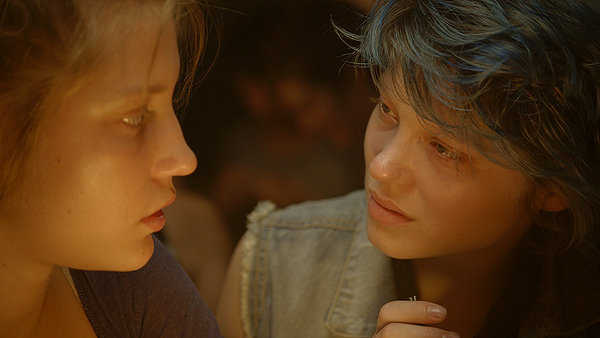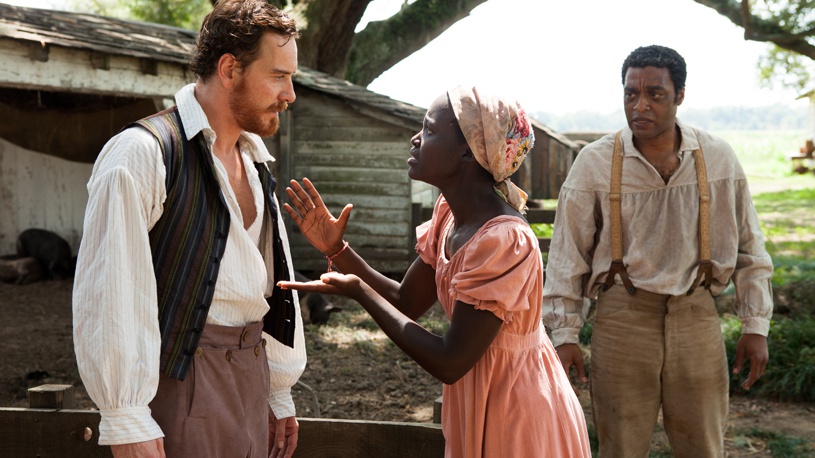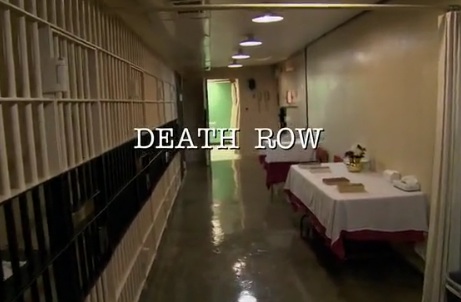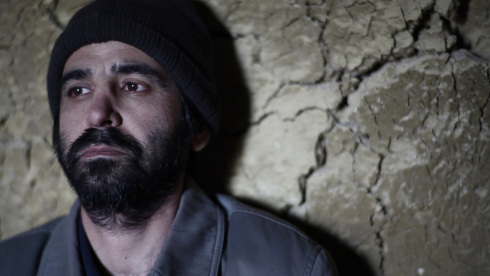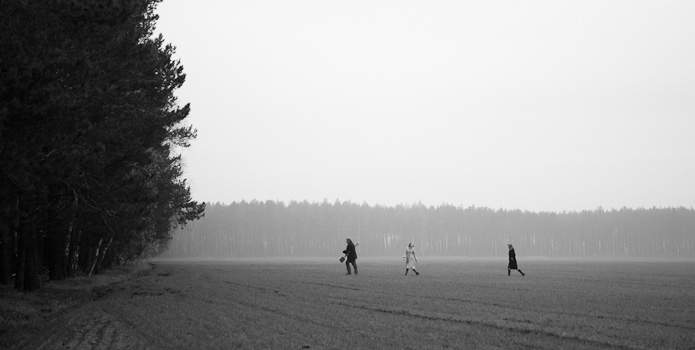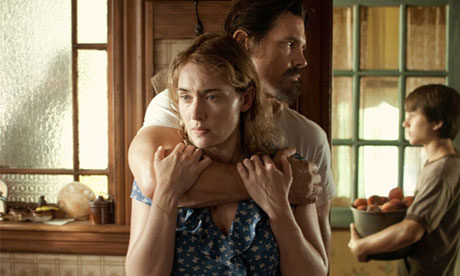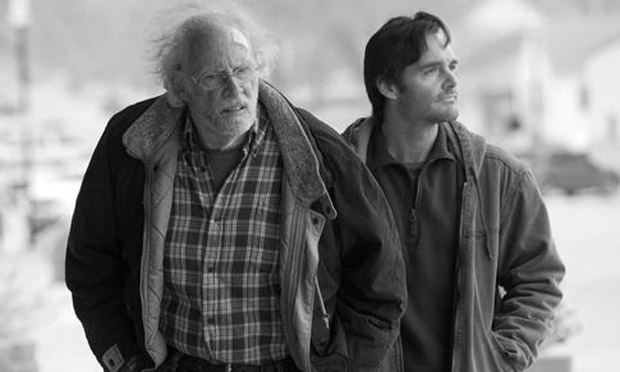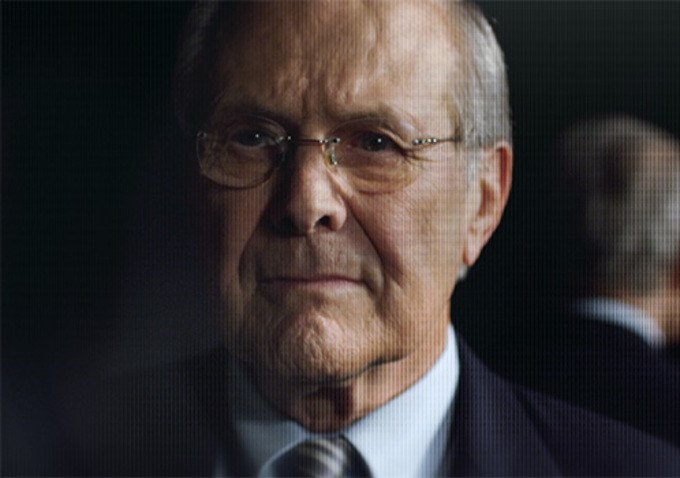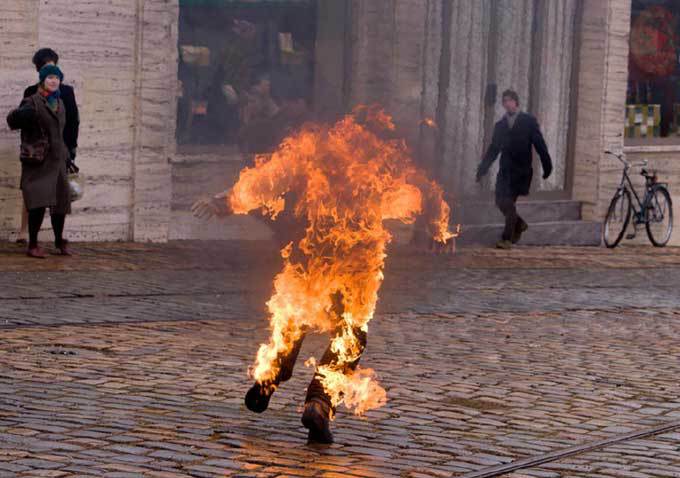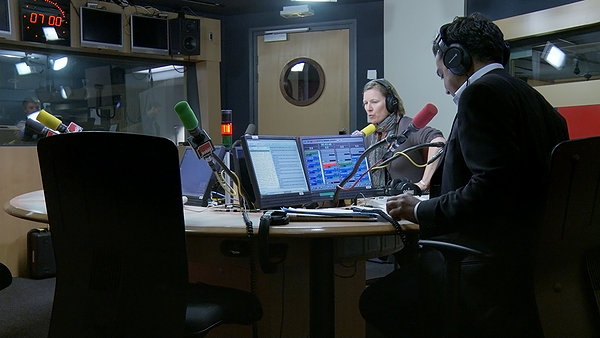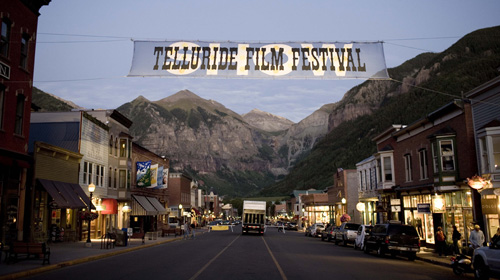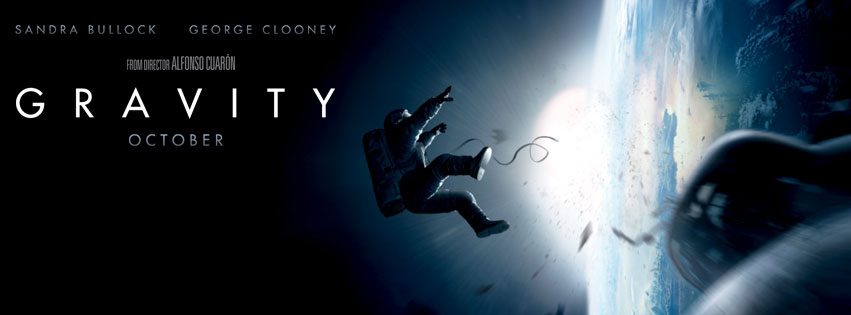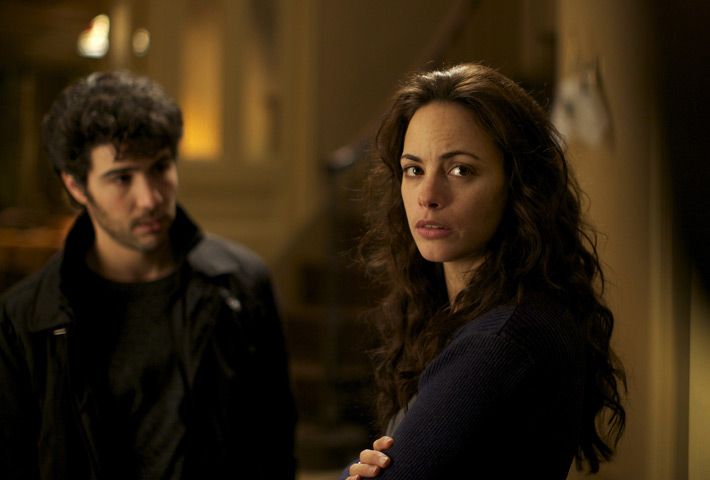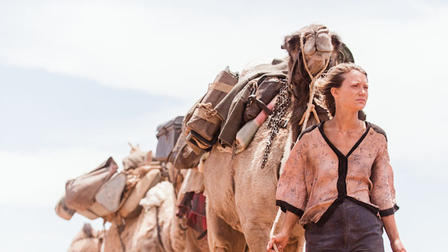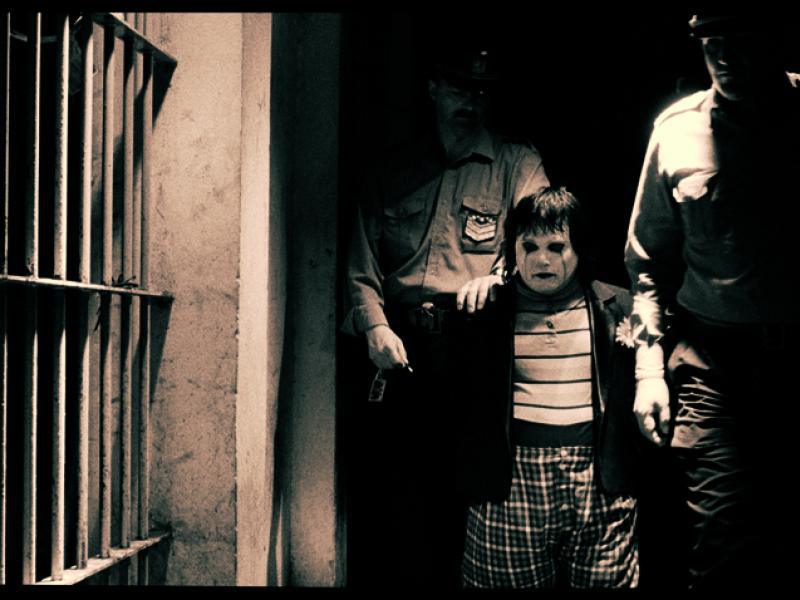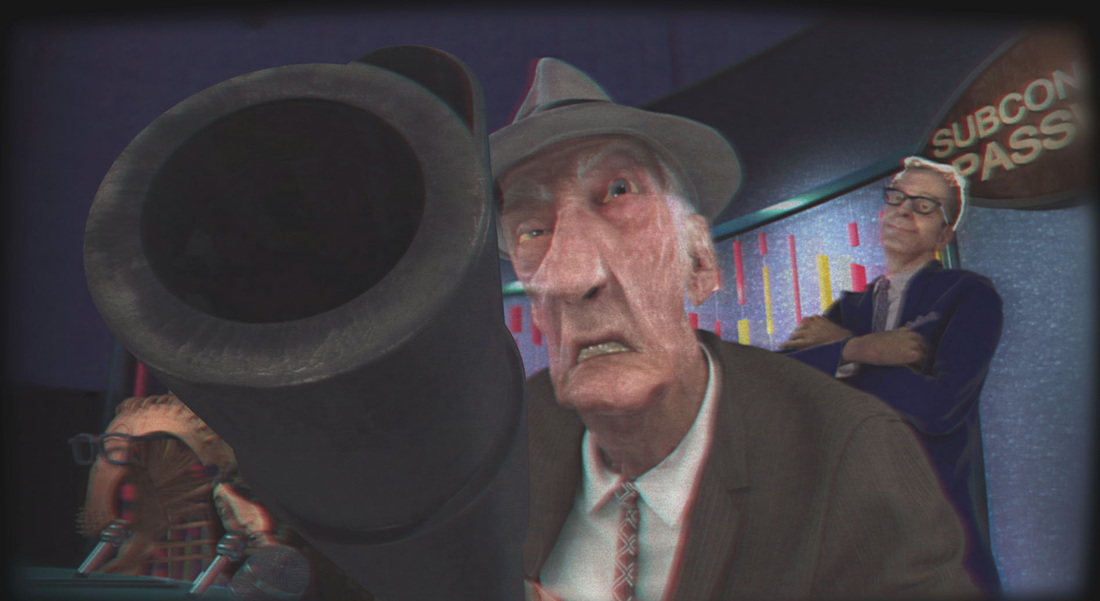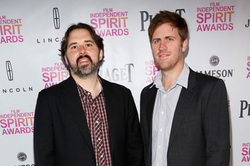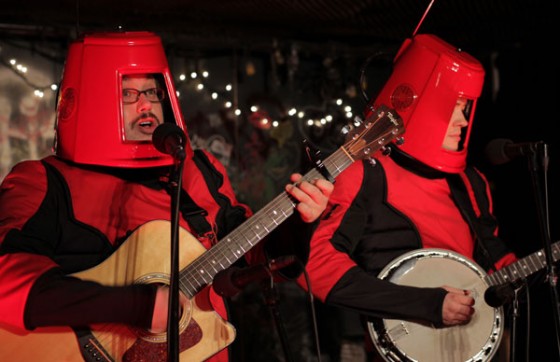This was originally posted on NUFEC.com, 9/14/2013.
I
was fortunate to attend the Telluride Film Festival Student Symposium
this year, seeing fifteen films and meeting with filmmakers including
Werner Herzog, Asghar Farhadi, Errol Morris and running into others on
the streets, like Alexander Payne, Jason Reitman Michael Fassbender and
Steve McQueen. This "Chapter" has five feature film reviews, and
there will be two more installments with five film reviews each as well.
The next installment will have my take on the new Jason Reitman, Errol
Morris and Alexander Payne.
Gravity, by Alfonso Cuarón, starring Sandra Bullock and George Clooney
Cuarón
has created a thrilling film that literally had me shaking for much of
its 91 minutes. It opens with a seemingly routine space mission at a
satellite. The calmness of this lightly humorous scene is disrupted by
an onslaught of dangerous debris that rips through their ship. Only
Stone (Bullock) and Kowalsky (Clooney) live, and their story of survival
begins.
Gravity
has many annoying Hollywood moments that could take you out of the film,
like overdone sentimentality, eye-roll worthy overuses of Clooney’s
charm, and obvious one-liners. If you can get past that, you’ll be
riveted by the films thrills, shaken by the deep sense of fear created
by spatial loneliness, and moved by a damaged person finding strength.
Events unfold in ways that are often thrilling, rather than
meditative. I generally prefer the latter, but I had a damn good time.
Even given those Hollywood story moments, I felt for Bullock’s character
in the end. The last shot of her is tremendous, and one of my favorites
all year.
Grade: A
The Past, by Asghar Farhadi starring Berenice Bejo and Tahar Rahim
Asghar Farhadi (A Separation)
stuns me. His films deftly prod deeper and deeper by peeling away the
onion-like layers of the situation he establishes. As a filmmaker,
Farhadi has a quietly powerful presence with complexity of thought,
depth of feeling, compassionate patience, and profound understanding.
Like A Separation, The Past
meanders around the aspects of a central conflict. The film moves from
character to character, exploring each person’s unique perspective, and
in this case pain, to establish complete understanding. Each portrait is
fully realized. Several times I couldn’t hold back tears, as Farhadi
slowly pulled back the curtain. Like one rarely does at the cinema, I
felt the full depth of characters’ emotions. I felt the character Lucie
so strongly inside that I couldn’t stop thinking about her. I couldn't
stop caring about her.
The tragedy of The Past, as well as A Separation,
is not that we’re all different. It’s that all human beings are
essentially the same, and our inability to see this often causes
tremendous pain, whether that be in minor quibbles or death.
The Past touched me deeply, and I will never forget it.
Grade: A
Tracks, by John Curran starring Mia Wasikowska
The subject matter of Tracks
intrigued me greatly, however the execution left me detached and
disappointed. It details the story of an outsider, unsatisfied with the
safety of her place in Australian society. I believe that this feeling
is something natural within her, however it may also be accentuated by
the ways in which society failed her. She lost her mother to suicide,
had her beloved dog put down, and her father was relatively absent in
her life.
Curran
takes us through Davidson’s (Wasikowska) journey at a pace that’s
weirdly a crawl, sprint, crawl, sprint combination. We will slowly move
through an aspect of her life or journey, and then suddenly skip ahead
five weeks missing seemingly important struggles. I never really felt
like I got into Davidson’s head, and understood her experience. The film
was so preoccupied with telling us that she needed to let people into
her life, that it never made me feel the truth of that statement. The
film has beautiful shots of Australia and some lovely metaphors, but
save it for an on demand viewing because much of it falls flat.
Grade: B-/B
Before the Winter Chill, by Philippe Claudel starring Daniel Auteuil and Kristin Scott Thomas
The new film from Claudel (I’ve Loved You So Long)
made a quiet splash at Telluride, and with good reason. It’s yet
another look at French bourgeoisie, and it doesn’t have much new to add
to the conversation. Claudel stated that the film explores a middle-aged
couple that lives in the same house but not together. More so, it
centers on the relationship between the husband, and a mysterious woman
whose identity as a provocateur in husband Paul’s life, as well as a
person of color, is the main intrigue of the film.
Despite some memorable shots, and exciting plot developments, the film
bored me especially because of its pristine cinematography. Despite
being a film of some quality, Before the Winter Chill
is the kind of movie that drowns at a festival like Telluride because
the other works are so far superior. I’d like to re-watch the film in a
more humble context, so maybe I can derive more from it.
Grade: B-/B
Sadourni’s Butterflies, by Dario Nardi starring Cristian Medtrano and Antonella Costa
Sadourni’s Butterflies
is quite a strange ride. For better or worse, the experience of
watching the film was similar to my experiences at the Boston Symphony
Orchestra. I’m engaged and concentrated for the first 30-40 min, and
then the liveliness of the art sends my mind racing to other places. In
both cases, I find it a failure of my concentration, not the work
itself. It is the quality of each work that inspires me to think so
vividly and energetically.
The absurdity of Sadourni’s Butterflies
delighted me, especially after seeing so many heavy, realistic films.
It’s hard to describe why, because it comes from a visceral place.
Nardi’s images are carefully constructed out of the silent era, and they
carried me through the often-confusing story.
Grade: B
Subconscious Password by Chis Landreth Yes, that IS a cartoon image of William S. Burroughs above...Subconscious Password was a hilarious and engaging short film that preceded
Sadourni’s Butterflies.
It details the events within a man’s subconscious as he tries to
remember an acquaintance’s name at a bar. The situation is delightfully
familiar, and Landreth brings new life to the idea of how our
subconscious works. In this case, it involves a game show with Ayn Rand,
John Lennon and other fun guests like Burroughs.
Grade: B+

